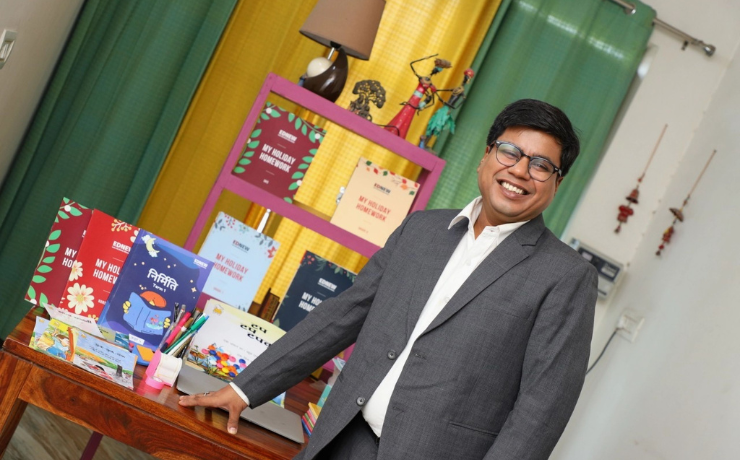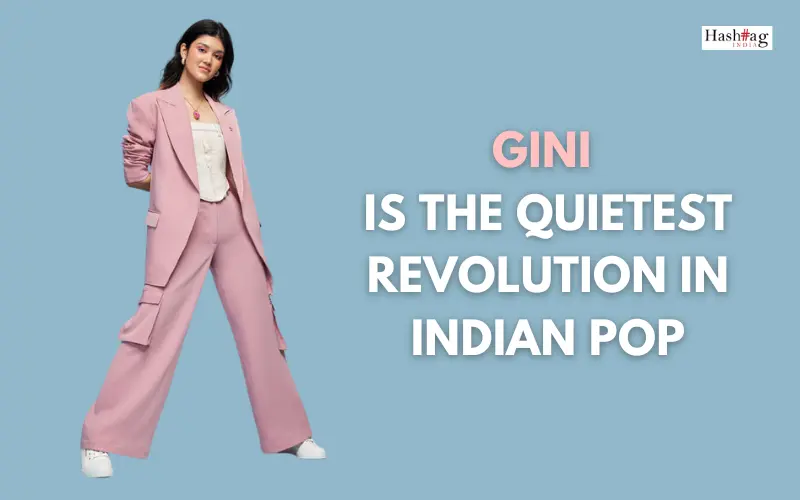Cyber crimes have been on a constant rise since the early 2000s and, like other crimes, often have gender implications. A manifestation of this is what is popularly called “revenge porn”. Read on as Smriti P. Rao explains how we can deal with such a situation.
Revenge porn saw an all-time global rise in 2010, when a website called “IsAnyoneUp” was launched, which allowed people to upload nude pictures as cheap porn. However, this website differed since it also required the personal details of the people in the photos, along with their Facebook profiles. This became increasingly problematic since many photos that were uploaded fell under the category of revenge porn.
As a victim, you should not blame yourself for sending the pictures; it was your trust that was broken. What you must do is approach the justice system and report this.

What is revenge porn?
Unlike what the name suggests, revenge porn refers to situations in which someone uploads intimate photos of an ex-partner when they refuse to comply with their demands (which are usually of a sexual nature). This term has been widely contested by scholars since it shows the victims in a bad light, instead of focussing on the perpetrators. A more accurate alternative is ‘Image-based Sexual Abuse’ which characterises this experience by identifying that this is an act of harassment, and not simply porn.
Legal Status in India
Such abuse is not recognised in the Indian Legal System, and is not adequately addressed in other countries, too. While there is no specific direction for handling such matters, such an act falls under the purview of both, the Indian Penal Code of 1860 and the Information Technology Act, 2000.
The first case in which an Indian Court had to address such a scenario was in the State of West Bengal v. Boxi in 2018. This was a textbook case in which Boxi convinced his ex-girlfriend to send him nude pictures of her, promising to marry her; he also hacked into her phone to retrieve more photographs. He soon began blackmailing her to spend more time with him and if she did not comply, he’d upload her intimate pictures online. In response, the victim discontinued the relationship, after which he uploaded the photos online, along with details of her and her father. The Court found Boxi guilty under the sections of voyeurism (354C), stalking (354D), sexual harassment (354A) and criminal intimidation (509) in the IPC, and those of identity theft (66C), violation of privacy (66E) and transmission of obscene material online (67 and 67A) in the IT Act.There have been other such instances, too. One of which led to the suicide of a 30-year-old woman after a bunch of school boys found her phone and transferred her intimate pictures from it onto their personal devices. They then demanded sexual favours, failing which they posted her pictures online, thereby leading her to kill herself.
What can YOU do?
As a victim, there is one thing you should do and one that you shouldn’t. You must not blame yourself for sending the pictures; it was your trust that was broken. What you must do is approach the justice system and report this. You can file a First Information Report (FIR) to a police officer or a Private Complaint to a judicial magistrate. If you are a woman filing an FIR, you can demand the presence of a female officer who will file it on your behalf.































